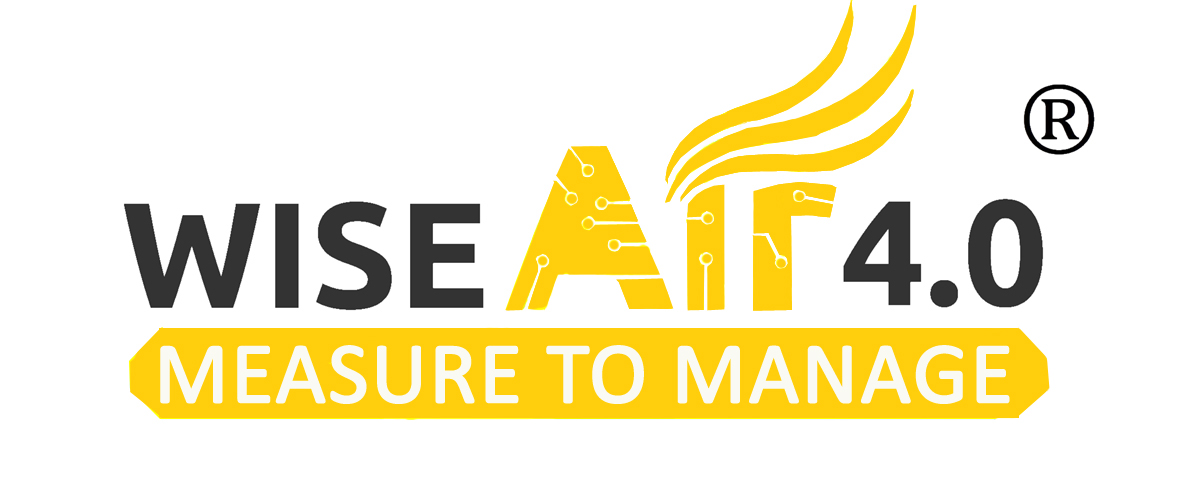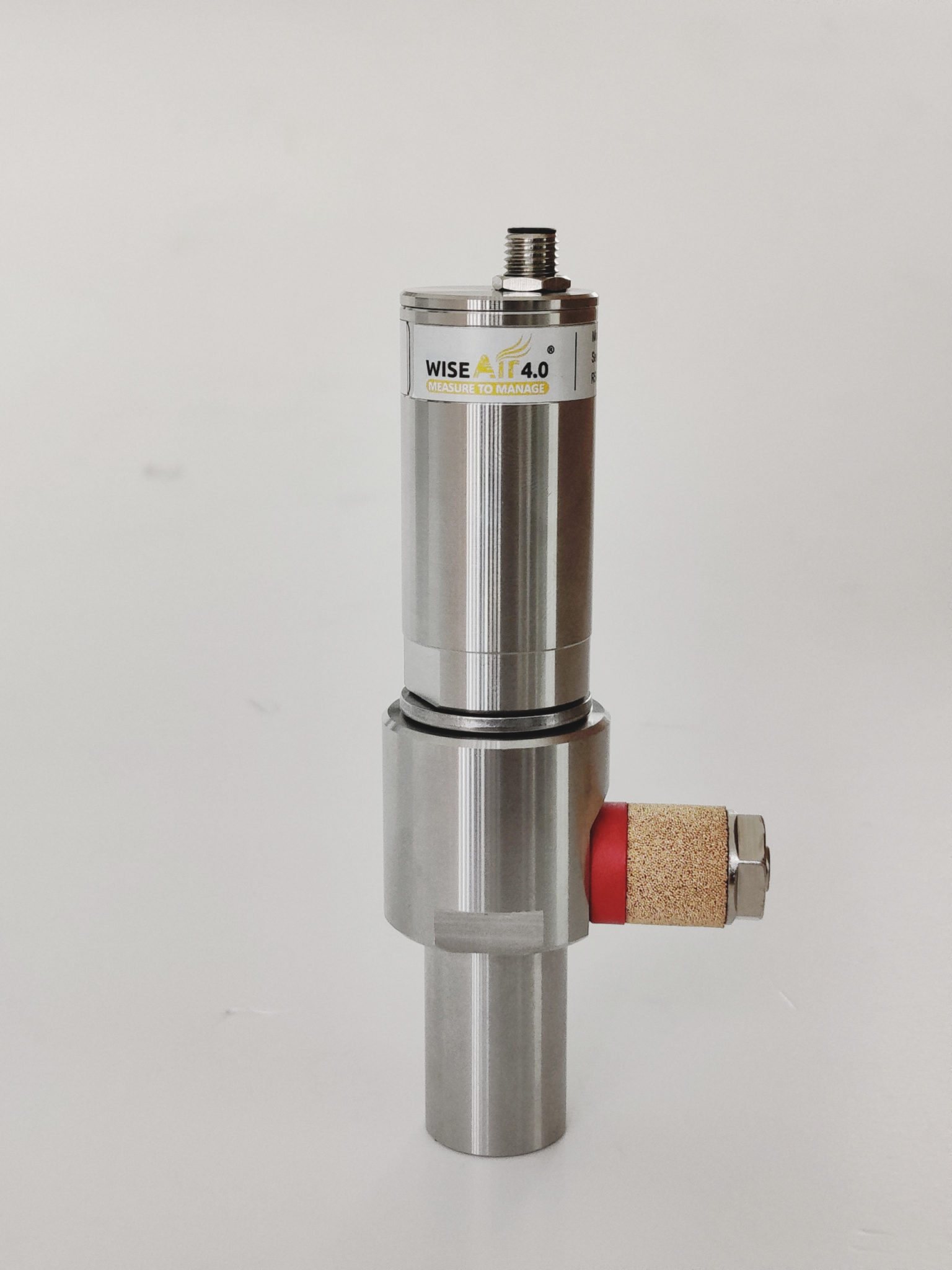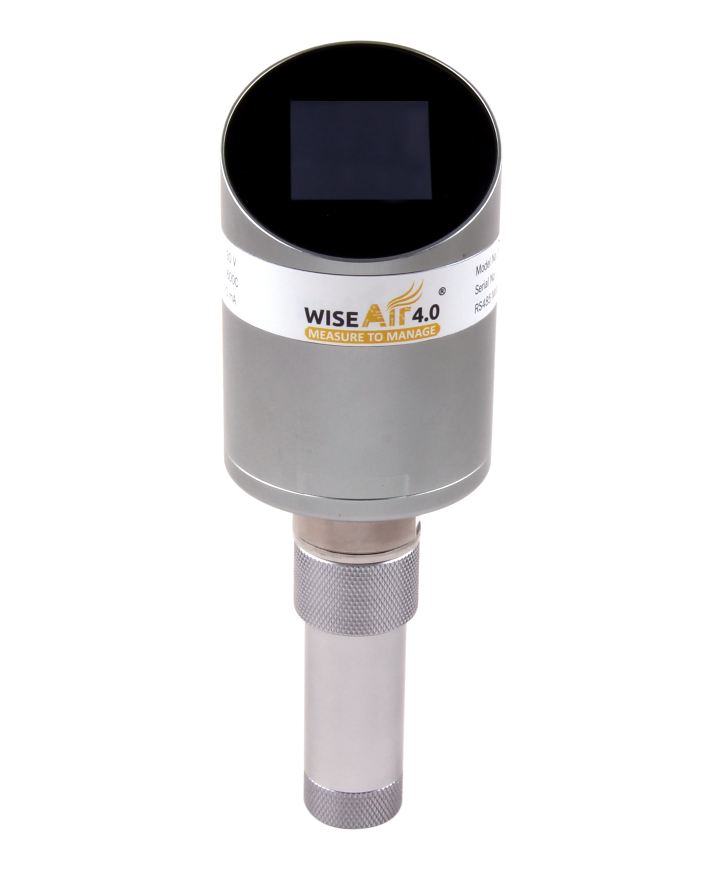DO YOU THINK YOUR COMPRESSED AIR DRYER GIVES DRY AIR ?
What is DRY Compressed Air ?
If you can’t see water in compressed air, does that mean it’s dry? This is not a trick question, but the answer does depend on the meaning of the word dry. The dictionary lists a lot of definitions for dry. But none is completely helpful for understanding what it means to have dry compressed air.
In Jurassic times, having “dry air” meant installing a separator or drop leg to remove enough liquid so that you’d be operating an air system rather than a high pressure water line. As pneumatic equipment got more sophisticated and sensitive, the phrase “dry air” came to mean simply no visible liquid in the compressed air system. Indeed many air system operators still insist that the absence of liquid signals a dry compressed air system.
For a long time there were no official standards of dryness and few people actually measured moisture content. If there was not visible liquid, all was well. For a few critical applications, you’d hear customers talk about dew point, but this was rare. Over time, industry groups began to formally define and quantify the meaning of “dry” compressed air. This moved many conversations from the realm of opinion to the realm of measurement. The first published standard that I recall was from the Instrument Society of America (ISA) in standard S7.3. It defined dry air as having a pressure dew point 18°F / 10°C below the lowest temperature the system would encounter, but not higher than 35°F. Many people consider the ISA “instrument air” standard as requiring a pressure dew point of -40 °F, but I think this is due to a paragraph that shows -40°F only as an example, and it gets mistaken for the standard itself.
The other group that offers a standard for dryness is the International Standards Organization (ISO). In standard 8573.1, various dew points classes are defined, and a relatively precise moisture level may be specified in a range from -94°F-70°C to +50°F/+10°C. This ISO standard is readily available online. For many compressed air systems, simply preventing condensation is adequate. Sometimes, an ambitious customer will want to get the air “bone dry.” What does that mean? If that means having a -40°F pressure dew point then a careful conversation needs to occur. Many times compressed air does not need a dew point of minus anything, especially when the plant is operating routine equipment, tools, and cylinders in a climate controlled environment. To be sure, in some applications a low dew point is justified, but over drying compressed air is costly and wasteful.
WHY DO COMPRESSED AIR SYSTEMS NEED DRYING ?
Moisture is Always Present :
All atmospheric air contains some water vapor, which will begin to condense into liquid water in the compressed air or gas system when the air or gas cools past the saturation point, i.e., the point where it can hold no more water vapor. The temperature at which this happens is known as the dew point**. This dew point becomes all-important in determining how much compressed air drying is needed.
The increased use of compressed air and the development over the years of many new and more sophisticated devices and controls has increased the need for clean dry air. Hence, drying technology advanced, and dryers came into general use.
Moisture is Damaging :
Your air compressor : When water builds up and remains stagnant in the same location, it can cause rust to form, which will wear down your air compressor and contaminate your final product. The pressure from excessive moisture in your tank will also put unnecessary strain on the compressor’s parts, including the bearings, and prevent your tank filters from working correctly. When these parts become damaged, you risk costly repairs or an entire machine replacement.
Lower air quality : If you are working in a heavily regulated industry, then you may no longer meet set standards or quality codes if your compressed air is tainted with excess moisture.
Result in a poor final product : Overly moist compressed air can create an inferior final product. For example, wet compressed air can warp woodworking projects, water down powder coating and could lead to rust formation on metal surfaces.
Removing excess water and moisture from your air compressor is crucial for the longevity of your machine, as well as the quality of your compressed air.
** Dew Point. The temperature at which water vapor in the air starts to condense or change from vapor to a liquid or a solid state. Dew points may be expressed at an operating pressure or at atmospheric pressure. Operating pressure should be specified when using pressure dew point.
HOW TO REMOVE WATER FROM COMPRESSED AIR ?
Before looking at the several types of dryers available, we need to look at what to consider in deciding which dryer is best for the specific requirements.
KNOW THE SPECIFIC USES OF THE COMPRESSED AIR : The selection of an air dryer is done best by the professional who knows or learns the particular end uses, the amount of moisture which each use can tolerate and the amount of moisture which needs to be removed to achieve this level.
KNOW THE TEMPERATURES : To determine whether or not the compressed air will remain sufficiently dry, we must know the end use of the air and the temperature at which it must work.
KNOW THE ACTUAL PERFORMANCE : While many dryers have a standard rating of 100°F saturated inlet air temperature and 100 PSIG operating pressure, it is important to check on the actual performance of the units obtained in actual plant operating conditions.
KNOW EACH USE : In addition to plant and instrument air applications, there are many other uses requiring moisture removal to a low dew point.
TYPES OF COMPRESSED AIR DRYERS
Different methods can be used to remove the moisture content of compressed air. Current dryer types include the following:
- Refrigerant type
- Desiccant type
- Membrane
- Deliquescent
HOW TO MEASURE MOISTURE CONTENT ?
Obviously there are times when it is desirable to know with varying degrees of accuracy the moisture content of the compressed air. Methods are available which will give you readings, which vary from approximations to precise measurements.
WISEAIR DEW POINT SENSOR : This device permits direct gauge reading of the dew point temperature of the sample, as determined by the appearance of a fog on the surface of a highly polished vessel in which a refrigerant is being evaporated. Dew point temperatures can be determined at either system or atmospheric pressure.
Moisture Indicating Desiccants : A typical example is silica gel, which when treated with a solution of cobaltous chloride*, is dark blue in color when dry. As moisture is adsorbed, the color changes to pink at approximately a 0ºF dew point.
Dew Point Cup : This apparatus consists of a small polished stainless steel cup placed in a container into which you pass the sample air or gas. The temperature of the polished surface is lowered by immersing dry ice (solid carbon dioxide) in an acetone solution contained in the cup. The temperature at which fog appears on the cup is the dew point of the sample.
Fog Chamber Instrument : This device relies on the relationship between pressure and temperature during adiabatic expansion. A sample of gas enters a small chamber where it is compressed, then rapidly vented to atmospheric pressure. The point at which fog appears establishes a relationship with the amount of compression, and from this the dew point may be calculated.
Capacitance Instrument : This analyzer consists of two strips of metal, which form the electrodes of a capacitor. Water vapor passing across the electrodes causes a change in electric impedance and this is used as a measurement of dew point temperature.
Hygroscopic Cells : These analyzers use a sensing element which contains a moisture adsorbing material. A change in the moisture content of the element is detected by an electronic network and is used as a measurement of dew point temperature.
Infrared Analyzer : This instrument uses two beams of infrared radiation. One beam travels through a comparison cell and the other through the sample cell. The difference in absorption in the radiation is used as a means of measurement of the dew point of the sample.
SELECTING THE RIGHT WISEAIR DEW POINT SENSOR
Since the importance of clean, dry compressed air – and the cost associated with it – is so high, carefully managing and monitoring of it becomes a crucial task for any industrial process or plant. By using stable dew point measurement devices, you can avoid over-drying, save energy and protect your equipment from corrosion.
WADS 201 Dew Point Sensor
Compact sensor for Refrigerant or Desiccant Dryers
WADS 201 Dew Point Sensor is suitable for refrigerant, desiccant and membrane dryers. Its proven polymer film technology provides strong contamination resistance. The precision sensor design compensates for drift caused by temperature, contamination and ageing, providing long-term, reliable, high-accuracy measurements.
WADS 202 Dew Point Sensor
For Refrigerant or Desiccant Dryers with dew point of -60°C to +60°C
This precision dew point sensor is suitable for refrigerant, desiccant and membrane dryers. Its proven polymer technology provides strong contamination resistance. The precision sensor design compensates for dri2 caused by temperature, contamination and ageing, providing long-term, reliable, high-accuracy measurements.
WADS 203 Dew Point Sensor
For Desiccant Dryers with dew point of -80°C to +20°C (-112°F to +68°F)
This new generation polymer dew point sensor has auto drift correction (ADC) technology which ensures industry leading accuracy and consistency of readings. Precision sensor circuit design automatically compensates the circuit drift caused by temperature, pollution and ageing, providing long-term reliable and precise measurement. The dew point sensor is suitable for desiccant and membrane dryers.
WADS 204 Dew Point Sensor
For Desiccant Dryers with dew point of -110°C to +0°C (-166°F to +32°F)
WADS 204 is The most advanced quartz technology dew point sensor available. Newly developed moisture sensitive materials provide superior signal sensitivity under ultra-low humidity conditions, and will provide long term, stability to measure humidity down to -110°C (-166°F) pressure dew point. The innovative temperature compensation algorithm and multi-point temperature compensation calibration greatly improves the sensor’s temperature drift and ensures high-precision measurements over a wide temperature range. The precision sensor design compensates for contamination and ageing, providing long-term, reliable, high-accuracy measurements. The dew point sensor is suitable for desiccant and membrane dryers.
WADS 205 / 206 Dew Point Monitor
For Refrigerant or Desiccant Dryers with dew point of -60°C to +60°C & -80°C to +20°C
WADS 205 / 206 Dew Point monitoring of refrigeration or Desiccant dryers. The touch screen graphic display enables an intuitive operation and shows the progress of the measured values. 2 alarm relays are available for monitoring of threshold values. Available either with a classic analogue output 4…20 mA or optionally with digital interfaces like Ethernet and RS 485 (Modbus protocol). As a stand-alone solution the measured data stored in the optional data logger can be read-out via USB stick and evaluated by means of the Real Time Smart Monitoring Software.
WADS 207 / 208 Dew Point Sensor
For Refrigerant or Desiccant Dryers with dew point of -60°C to +60°C & -80°C to +20°C
WADS 206 Dew Point monitoring of refrigeration or Desiccant dryers. The touch screen graphic display enables an intuitive operation and shows the progress of the measured values. Available either with a classic analogue output 4…20 mA or optionally with digital interfaces like Ethernet and RS 485 (Modbus protocol).
WHY IS KNOWLEDGE OF DEW POINT IN COMPRESSED AIR IMPORTANT?
The importance of dew point temperature in compressed air depends on the intended use of the air. In many cases dew point is not critical (portable compressors for pneumatic tools, gas station tire filling systems, etc.). In some cases, dew point is important only because the pipes that carry the air are exposed to freezing temperatures, where a high dew point could result in freezing and blockage of the pipes. In many modern factories, compressed air is used to operate a variety of equipment, some of which may malfunction if condensation forms on internal parts. Certain water sensitive processes (e.g. paint spraying) that require compressed air may have specific dryness specifications. Finally, medical and pharmaceutical processes may treat water vapor and other gases as contaminants, requiring a very high level of purity.
WISEAIR TECHNOLOGIES INDIA LLP
# 12 Sri Venkatalakshmi Nagar, Singanallur,
Coimbatore – 641005 India.
WISEAIR TECHNOLOGIES EUROPE ApS
Pilestraede 58, 112 Copenhagen,
Denmark
© Copyright 2022. WiseAir Technologies India LLP





